Almost four years ago adventure game fans were treated to a unique looking game as it launched on Kickstarter in mid 2012. Jack Houston and the Necronauts is a stop motion capture game in the same vein as classic movies like Jason and the Argonauts (not, according to Stacy Davidson, to be confused with claymation which is quite different) and when I saw it go live I had to check it out. Since then development has continued, albeit at a much slower pace than anyone had hoped for. That said, I’ve gotten to know Stacy pretty well over the years and I can definitely tell you that he’s not a quitter.
For those of us who have been following development of Jack Houston and the Necronauts closely we know that certain setbacks have caused Stacy to slow down his handcrafted work considerably. The most notable one being his need to move to a different studio to work. For various reasons, and he’s mentioned this both in updates as well as confided in myself when I reached out to him about the move, little in the way of actual sculpting has been worked on in over a year.
“When it became apparent that my living situation was totally unworkable, for personal reasons not related to the project, I opted to move in with relatives in Oklahoma who offered up their garage as a new workshop. As it turned out, there was actually quite a lot in storage there that had no other place to go. After spending a great deal of effort trying to setup a workspace in what turned out to be a much smaller area than I had thought…the weather began to turn and before I knew it, the entire garage was essentially frozen to a point that my portable space heater was useless.”
Stacy had spent a year in Oklahoma before he finally landed an apartment in Texas, which is where he originally was looking to stay. That said, an update in the beginning of February gave us good news in that he finally got an apartment to use as a studio. Since then he has been unpacking and rebuilding his new workspace and in a backer-only update last week we got to see how it’s looking. With Stacy’s permission I’ve included a few images here to show off what he’s been up to these past couple months.
During his year-long stay in Oklahoma, Stacy didn’t stop working on Jack Houston and the Necronauts but most of this was paperwork and trying to find a publisher. Due, I would suspect, to said freezing conditions. However, after dropping down a new layer of carpet to keep from damaging the one he’s renting and putting up one of the tables he’s ready to go back to work on sculpting the creatures and backgrounds he’s using in the game.
Stacy is also finally going back to streaming video on his Twitch channel and putting them up on YouTube. Which I’m looking forward to as the few videos that I have seen back when he was still putting them up were very informative to someone who’s interested in how working on a game of this scope is put together. With him back to work I asked if he has any dates planned for release and, understandably, he refused to give any set date. But, he’s hoping for sometime in 2017. Of course, those of us who’ve been around long enough know that delays and pushbacks can still happen. Either way, I look forward to seeing more on Jack Houston and the Necronauts in future updates and videos.
Author’s Note: I received a rather lengthy explanation on how stop motion works and how Stacy is using it in the game, certainly a lot longer than this article can contain. If you’re interested in knowing about the process drop me a line or ask for it in the comments below and I’d be happy to share his wisdom with you.
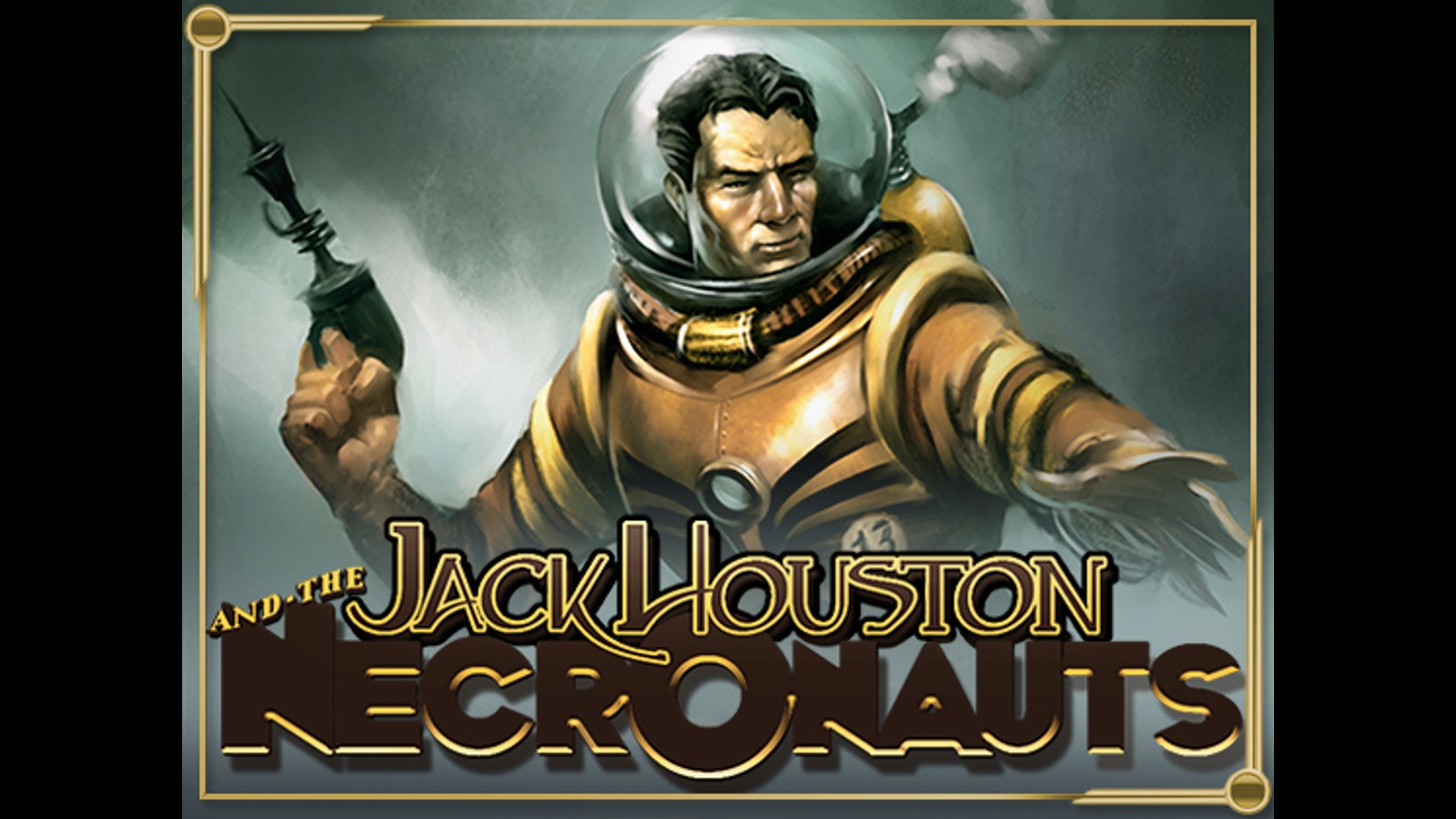
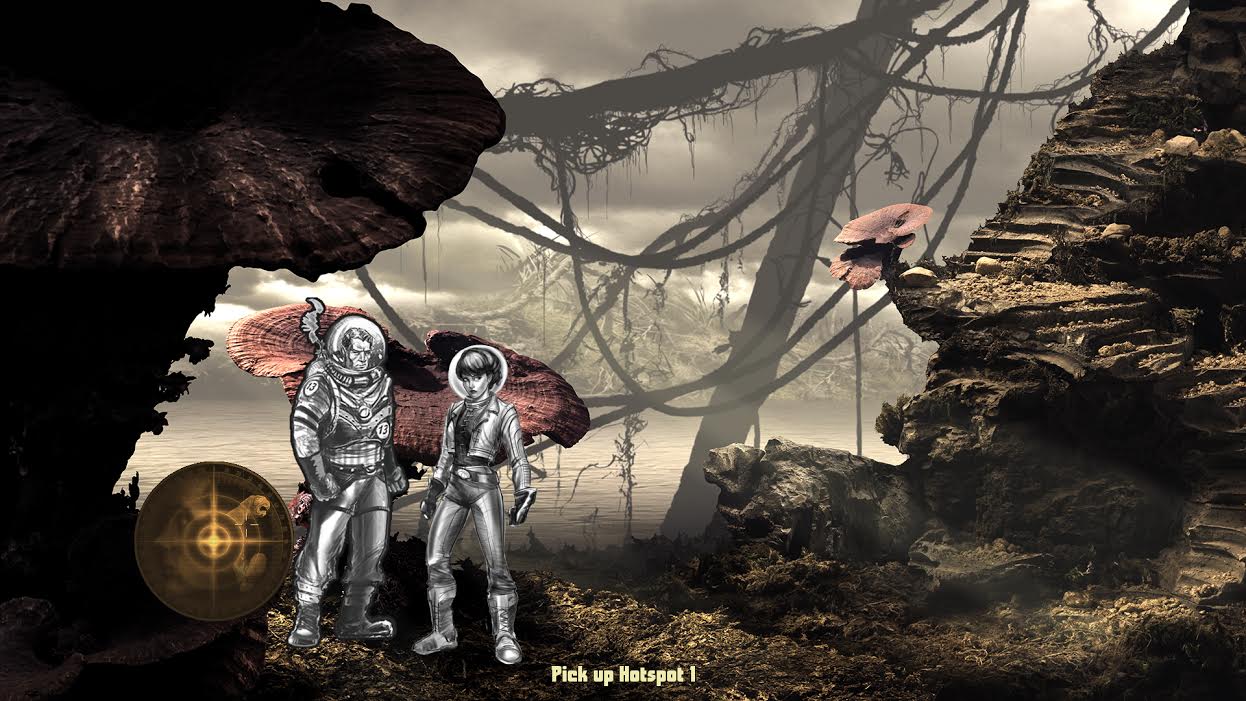


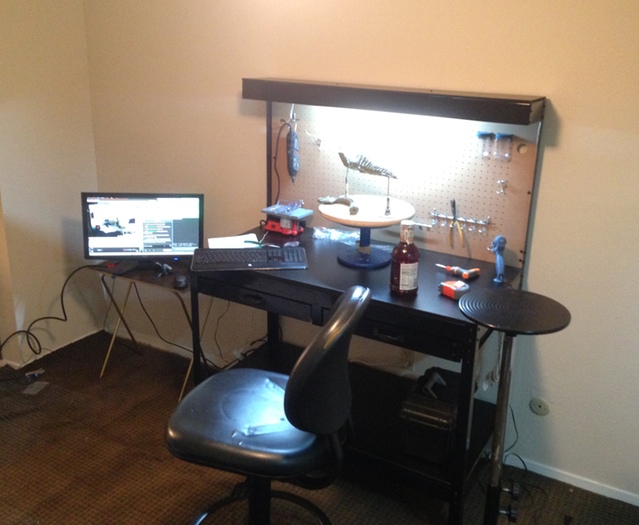
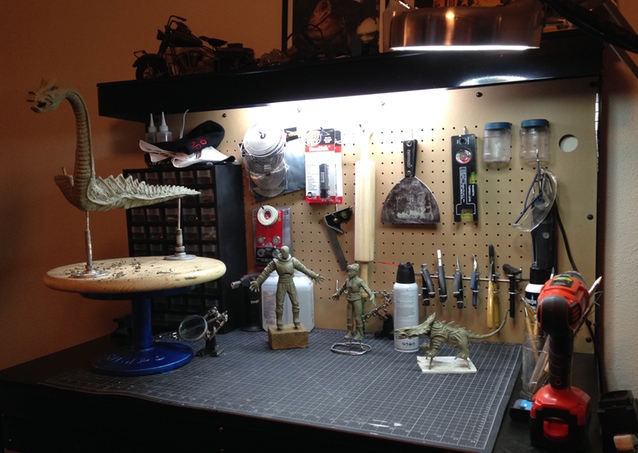
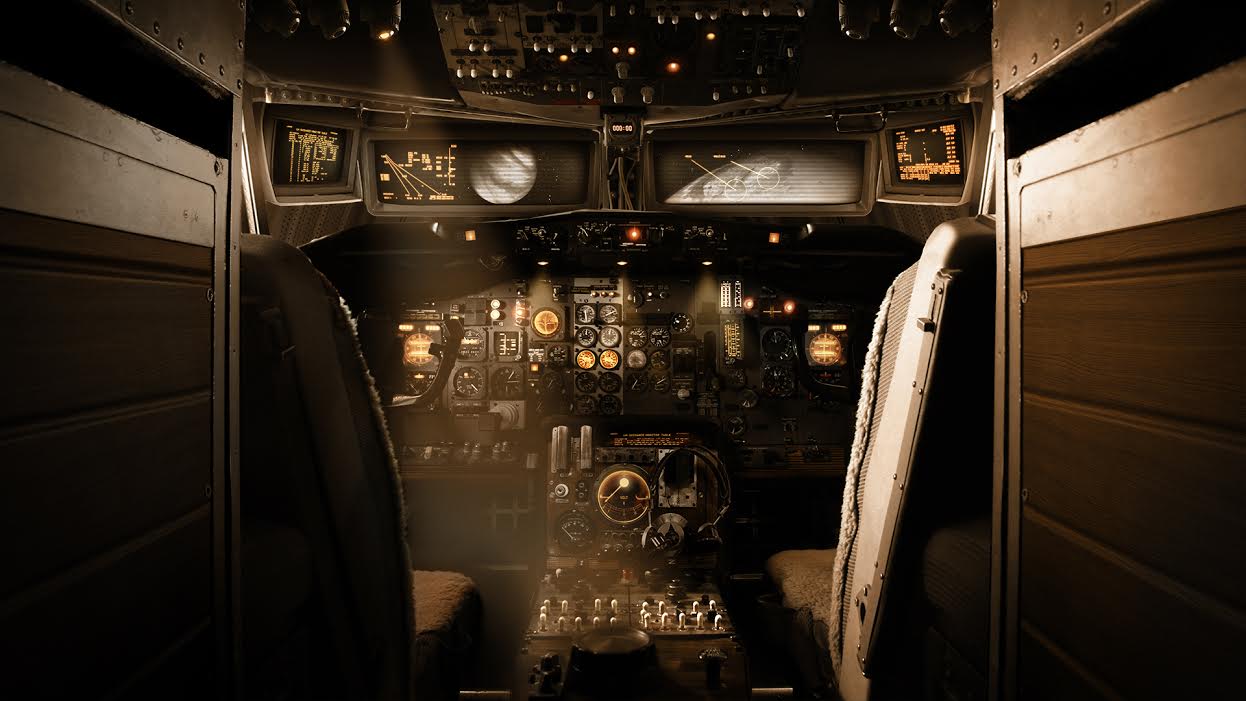

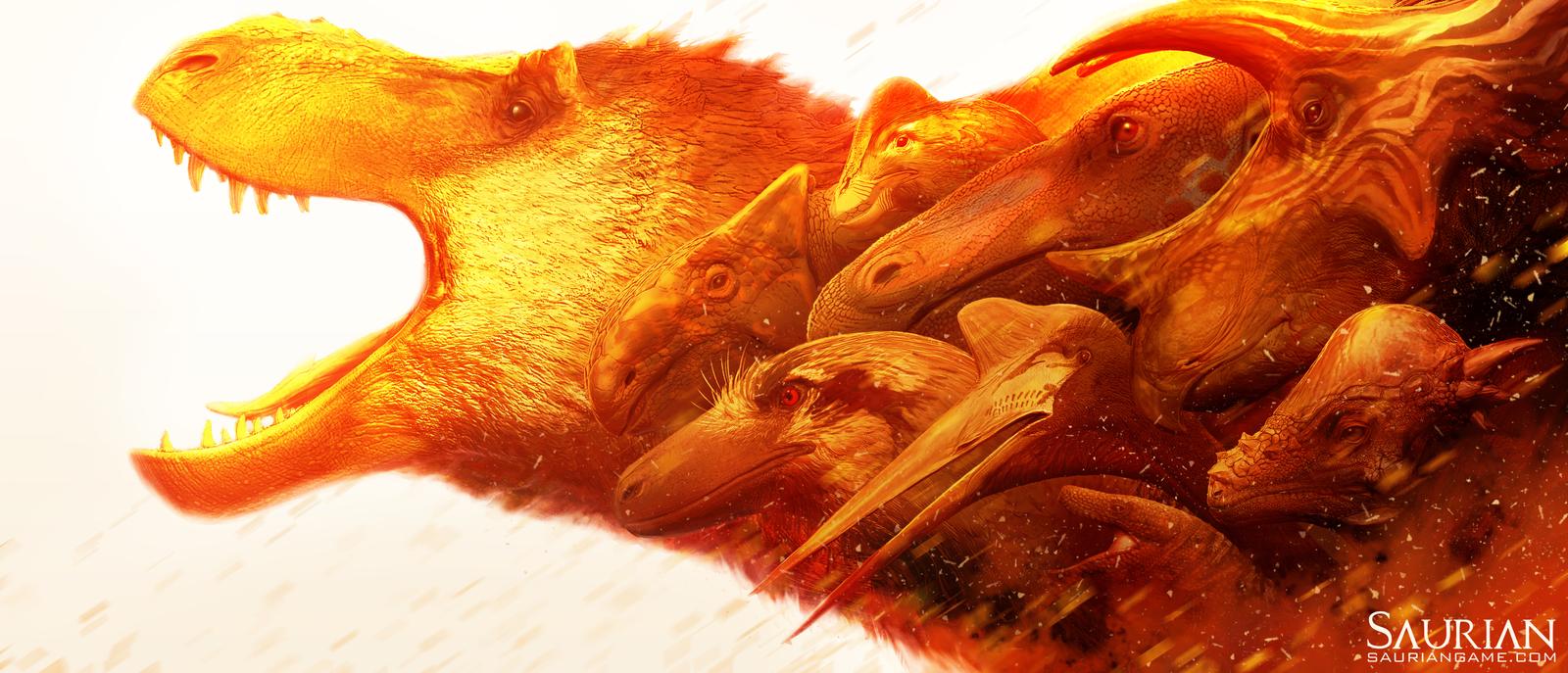
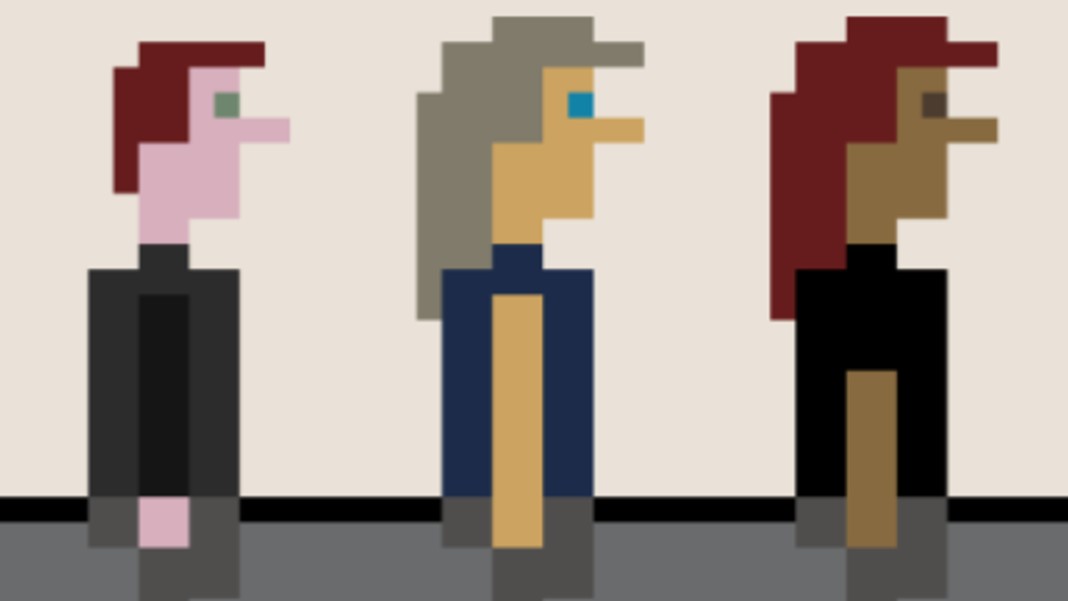

Glad i didn’t back this one. I am desperate enough with Corey Cole..i don’t know how i would have manage another endless project.
Heh. As optimistic as I am about a lot of my own “outstanding” campaigns that I’ve backed I do have to admit that it does get frustrating at times. I’ve got plenty just from 2012 and 2013 that still need to see the light of day.
I loved the look of the artwork and had to back, I ended up pledging quite a lot and it’s hard to see the delays but understand that things happen in life that can impact projects.
I’m still glad that the project is seeing progress and looking forward to result.
Can I get a copy of the stop motion explanation as I’m very interested in the process.
Hey. Yeah, I put in quite a bit myself. I forget how much but I know if was over $300. I loved the look too and I’ve gotten to know Stacy pretty well since the Kickstarter. As you said, it’s hard to see these delays but I too have faith that it will eventually be done and released. Anyway, since you asked, I’ve included the full text below so anyone who’s interested can read it. 🙂
“Sure! And thank you for asking, because this is one of the most exciting aspects of the project for me, and I think it’s often misunderstood. To many people, the terms “stop-motion” and “claymation” are interchangeable, so I’ve heard many comparisons to games like Clay Fighter and The Neverhood. While these are exceptionally cool looking games, and claymation is a great tradition of alternate cartoon animation, what I’m doing with Jack Houston is sort of a different animal altogether.
So, to back up to the beginning, when I initially began to visualize what Jack Houston would look like, I explored cell animation, pixel art, even high-poly 3D, but it felt as though I was somehow missing the mark with the esthetic. Finally, I sat down to watch one of Harryhausen’s old Sinbad movies when something hit me. Whenever a creature would come slithering out of its lair, the film would always cut to a wide shot that sort of featured an enclosed “playset-like” environment. You’d see the hero, the monster, a few set pieces like a rock or a tree, and a backdrop. It felt as though you were looking at an adventure game screen! That’s when I really pinpointed that what I really wanted out of this game was the feel that you were actually stepping into a classic sci-fi film. And what better classic film style to emulate than Harryhausen movies??
So, one of the earliest films that featured stop motion effects was King Kong. Aside from terrorizing the audiences of New York with visions of their city being ransacked by a gigantic ape, it also inspired a young Ray Harryhausen to learn and even master the art of stop-motion. After making a series of fairytale short films in his garage, and being recruited by the creator of the original King Kong himself to animate another giant ape in Mighty Joe Young, Ray went on to make a slew of fantasy creatures for films like Clash of the Titans, Jason and the Argonauts and 7th Voyage of Sinbad, as well as some wicked science fiction aliens for First Men In The Moon and 20,000 Miles To Earth. In fact, his stop motion techniques were employed for every kind of creature and robot imaginable by Hollywood up until the early 90’s when Jurassic Park changed the whole visual effects landscape instantly (from which point, everything was done using CGI.)
So that solidified it, for me. The game wouldn’t just be a classic adventure game. It would be a window into a classic science fiction film with bubble helmets, rockets, ray-guns and giant, slobbering, alien beasts. The environment would be a classic alien jungle, like those Gustave Dore-inspired miniature jungles seen in King Kong. The monsters would crawl out of their cave and slither in stop motion, and they would be sculpted, built and shot just like those that Harryhausen brought us.
To create one of these stop-motion beasties, you start with a sculpture in non-hardening, oil-based clay like Roma Plastilina, Chavant, or newer options like Monster Clay. That creature is then molded in a 50/50 cement and plaster material called Ultracal. The resulting mold is extremely durable and can withstand high temperatures, which is a good thing, because soon we’ll need to bake it. Next, you need to construct a special armature, basically a skeleton which makes it possible to animate the character. Big Hollywood productions always have ball & socket armatures made, but if you have somewhat limited funds (like me!), a popular option is alumaloy wire. This is carefully twisted together, bound and solidified at key points using an epoxy putty, and placed into the mold so that it ends up embedded at the center of the creature. Then, after whipping air into a careful blend of foam latex ingredients using a kitchen-aid, the mixture is poured into the mold halves, which are then strapped together and set into the oven to bake the moisture out. Incidentally, you ABSOLUTELY do not want to re-use the mixer or oven to prepare food ever again, because nasty chemicals and horrible illness and all that. Once the final puppet is removed and allowed to cool, it is painted and detailed with special paints and inks made using either rubber cement or a prosthetic adhesive, which allows the coat of color to stretch without cracking on the latex surface. When painted on in layers using an airbrush, you can achieve some really eye-popping effects.
So, although the actual animation process is pretty similar to claymation, attaching the puppet to a surface using screws to tie it down by the feet and machine gauges to keep track of its position as you make minute movements, a sculpted and molded foam latex model can be made to look much more realistic and highly detailed. One method gives you Gumby and the California Raisins, the other gives you the Kraken and Medusa. Hopefully, my work will fall somewhere in between, leaning toward the Kraken. ;)”
Thanks for the super quick reply, I enjoyed reading the explanation.
I ended up going in at the $500 level as I couldn’t go past the art book and the framed lithograph.
I greatly enjoy watching and talking with Stacy when he’s on his Twitch! 🙂 Loving this project very very much!
I need to try to find some time to watch his Twitch streams.